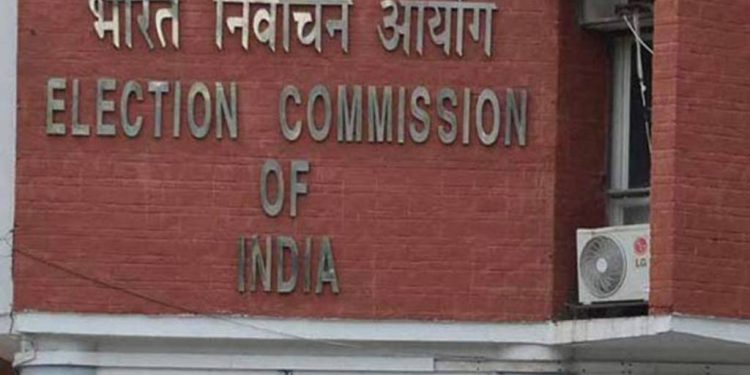New Delhi: Election Commission sources Tuesday rejected claims by Congress leaders of alleged tampering of EVMs in some Haryana seats where machines with varying battery strength gave out different results.
The sources were responding to claims by Congress leaders who said complaints had been received from Hisar, Mahendragarh and Panipat that there were electronic voting machines (EVMs) with 99 per cent battery on which the BJP won while units with 60-70 per cent battery saw the Congress win.
“Have you understood this conspiracy? Where there was 99 per cent battery in EVMs, the BJP won. Where there was less than 70 per cent battery, the Congress won. If this is not a conspiracy, then what is it?” party general secretary Jairam Ramesh said Tuesday.
The EC sources explained that alkaline batteries are used in the control unit of EVMs. New batteries are inserted in the control unit on the day of commissioning in the presence of candidates and are sealed, they said.
They explained that initially, the battery provides a voltage between 7.5 and 8 volts. Hence, the battery capacity is displayed as 99 per cent when the voltage is above 7.4, they said.
With the use of the EVM, its battery capacity and consequently the voltage decreases. As the voltage goes below 7.4, the battery capacity is displayed as 98 per cent to 10 per cent, they explained.
The control unit remains functional when the battery has more than 5.8 volts. It is when it is left with more than 10 per cent capacity and the battery replacement warning appears on the control unit display.
This is similar to the signal displayed in a vehicle when it is running on reserve fuel.
The remaining capacity of the battery on the counting day depends upon the mock poll conducted on the control unit, the actual poll and the initial voltage of the battery (8 to 7.5 volts).
Generally, alkaline battery has the property of regaining its voltage to some extent when kept switched off, they said.
PTI






































